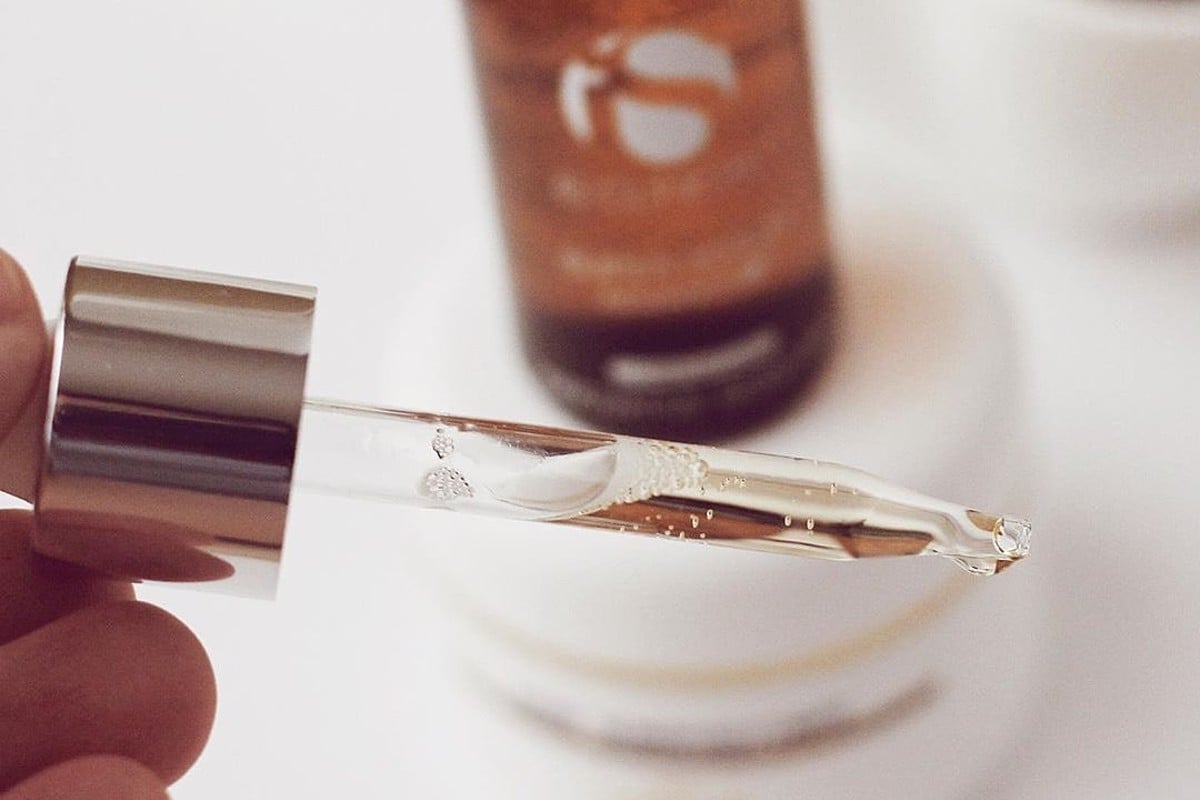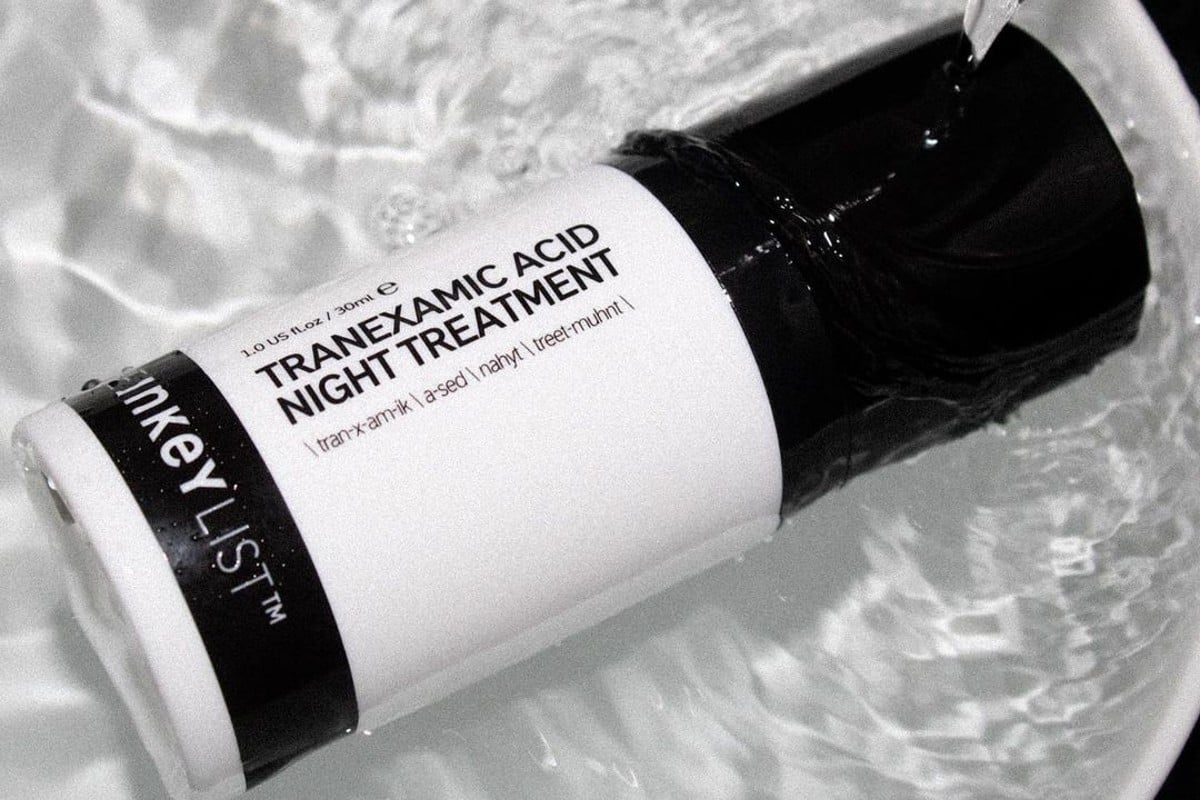Exfoliation is a key step in everyone’s skincare routine, and without it, the skin feels dull, rough, and by no means smooth. It not only increases the efficacy of other products, diminishes wrinkles look, regulates sebum and unclogs pores, but also reduces hyperpigmentation. Yes, you’ve heard that right. Exfoliating your skin regularly is one of the best ways to even out your skin tone and improve signs of hyperpigmentation by breaking up the pigmented cells and sloughing them off.
You are just about to find out how exactly exfoliation lightens the skin.
What is exfoliation?
Exfoliation is the process that removes the dead skin cells from the epidermis, aka the outer layer of your skin, in order to allow new, healthy cells to replace them. This is really important because dead skin cell buildup can lead to clogged pores, a dull look, and premature aging signs. Although the skin naturally sheds dead cells every 30 days — this is called cell turnover — you still need to exfoliate to speed up the process.
There are more types of exfoliation, all sharing the same goal: to break the bonds between dead skin cells. Among these, chemical and physical exfoliation are the most common. Chemical exfoliation uses peeling agents such as glycolic acid, lactic acid, or malic acid, which dissolve the bond that holds skin cells, while physical exfoliants, like scrubs and brushes, rub the top layer of skin enough to remove the dead skin cells.
Does exfoliation brighten the skin?
Yes. Exfoliation is the first step in reducing skin pigmentation because it sheds away the pigmented and discolored cells, leading to a bright and even complexion. However, for this, you would need a chemical exfoliator and not a physical one. Chemical exfoliants improve skin tone and texture by reducing the excess melanin, the pigment of the epidermis that defines skin color. Dark spots, freckles, hyperpigmentation, and an uneven skin tone are all forms of excess melanin, so reducing the levels of this pigment can reveal lighter and luminous skin. And science proves it!
What exfoliators to use?
In case you were wondering which exfoliating agent is best for hyperpigmentation and skin discoloration, here’s what studies say:
- Glycolic acid: most potent chemical peel for melasma and hyperpigmentation. It was used in a concentration of 30–70%, two to three weeks apart.
- Lactic acid: proved beneficial for improving skin tone, applied every three weeks. Lactic acid also draws moisture to the skin and is less irritant than glycolic acid, thus it may be more suitable for dry, sensitive skin.
- Mandelic acid: used at concentrations of 10-50% and applied weekly was shown to treat mild hyperpigmentation.
- Tretinoin peel: 5-10% tretinoin chemical exfoliant helps reduces photodamage, treat hyperpigmentation, and improve skin texture.
How to properly exfoliate your skin
Exfoliation is a double-edged sword. If you do it right, your skin will get massive gains, but if you over-exfoliate, you can compromise your skin barrier which will trigger irritations and sensitivities.
Now, if you’ve decided to go to a derm, she or he will tell you everything you need to know, but if you want to do a chemical peel at home, here’s what you should do:
First, if you have never exfoliated before, it’s best to start with a gentle cleanser containing peeling agents suitable for your skin type. Usually, cleansers are formulated with low concentrations of acids, meaning they are gentle for most skin types and can be used daily. Cleansers or toners are a good way to increase your tolerance towards chemical exfoliation.
However, for skin lightening and hyperpigmentation, a cleanser may not be that effective. Instead, you can try a chemical peel. Chemical peels use higher concentrations and work more effectively at removing dead skin cells and improving skin tone. Sensitive and dry skin should exfoliate once weekly, while oily and combination skin can do it twice a week, depending on the peeling strength and skin sensitivity.
Finally, use a moisturizer after the chemical peel to reduce irritations and dryness, and never forget about sunscreen, as sun damage is the main cause of hyperpigmentation and dark spots.
Resources- Sarkar R, Bansal S, Garg VK. Chemical peels for melasma in dark-skinned patients. J Cutan Aesthet Surg. 2012;5(4):247-253. doi:10.4103/0974-2077.104912
- Sarkar R, Arsiwala S, Dubey N, et al. Chemical Peels in Melasma: A Review with Consensus Recommendations by Indian Pigmentary Expert Group. Indian J Dermatol. 2017;62(6):578-584. doi:10.4103/ijd.IJD_490_17
- Rendon MI, Berson DS, Cohen JL, Roberts WE, Starker I, Wang B. Evidence and considerations in the application of chemical peels in skin disorders and aesthetic resurfacing. J Clin Aesthet Dermatol. 2010;3(7):32-43.






